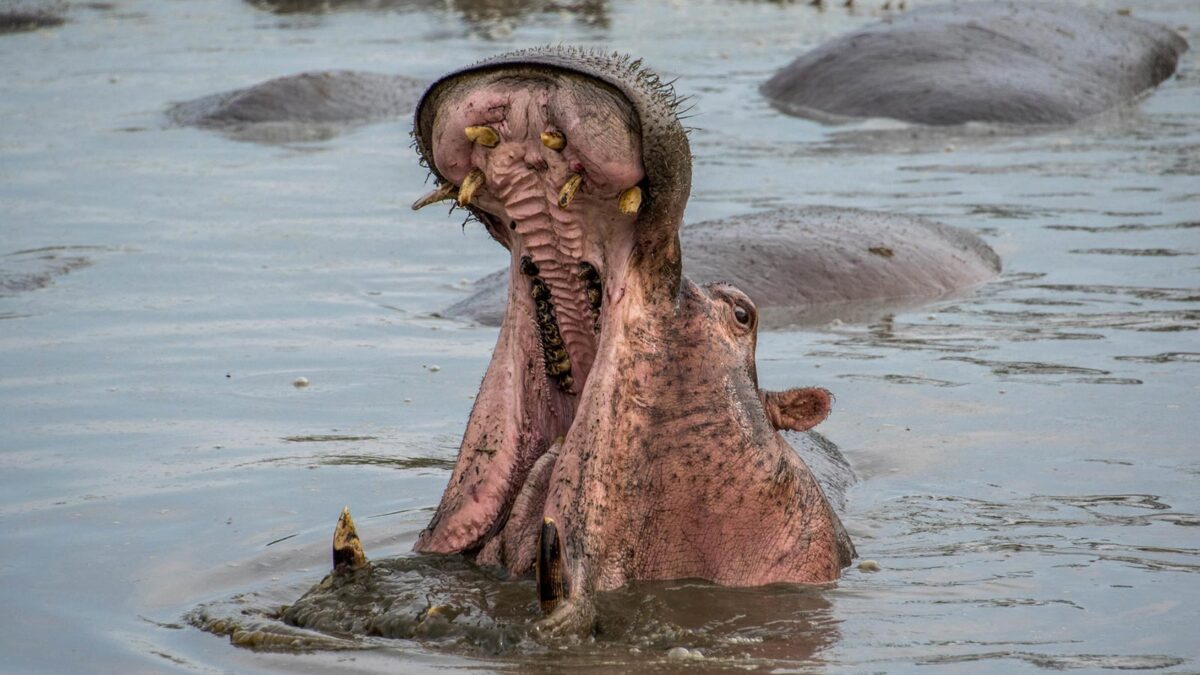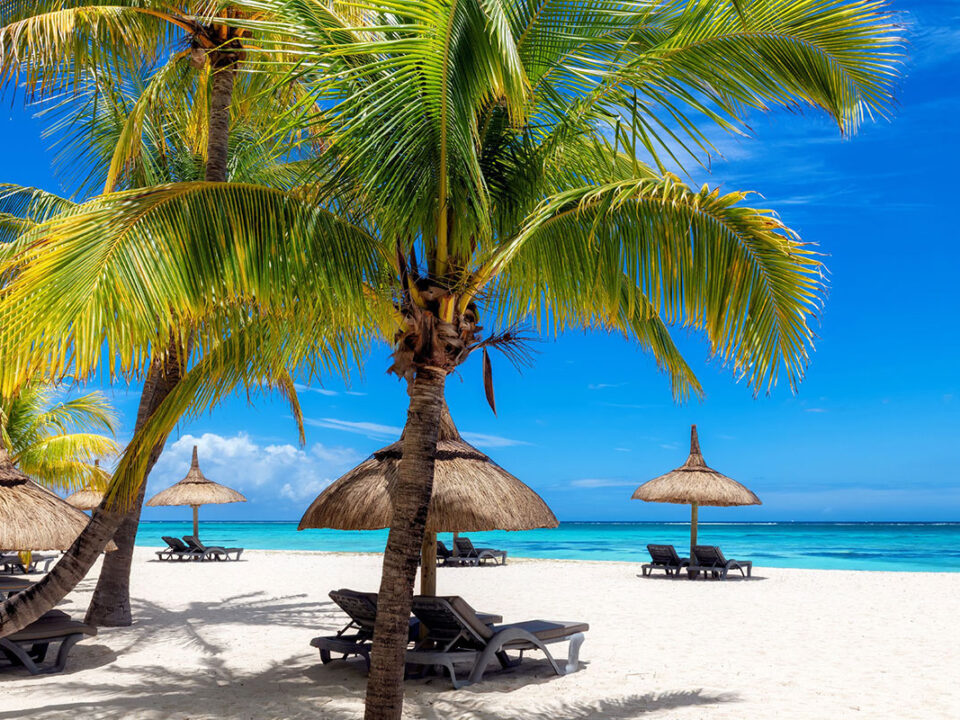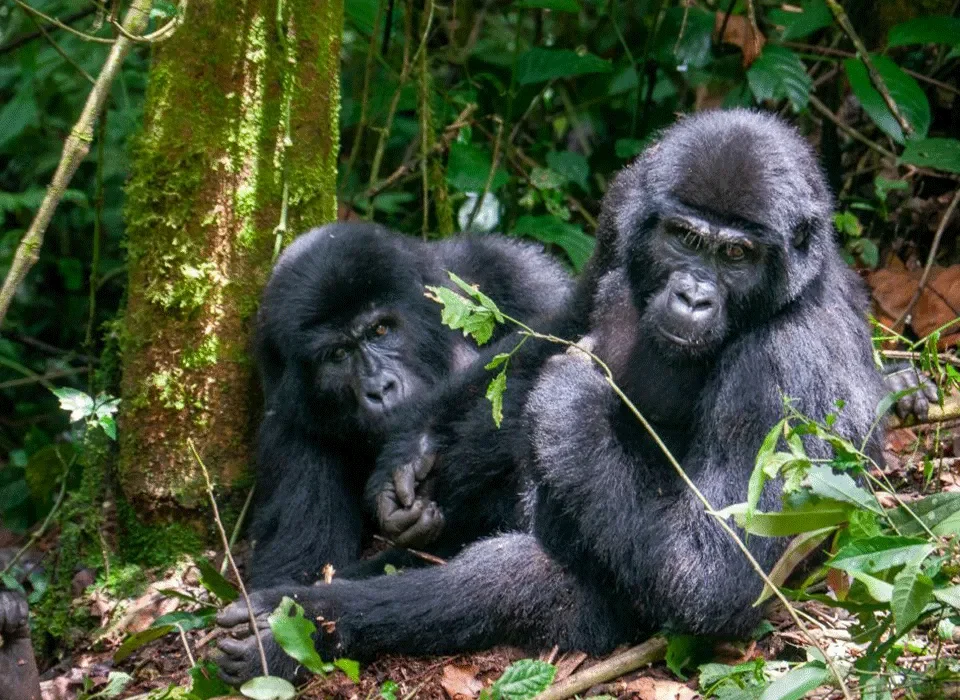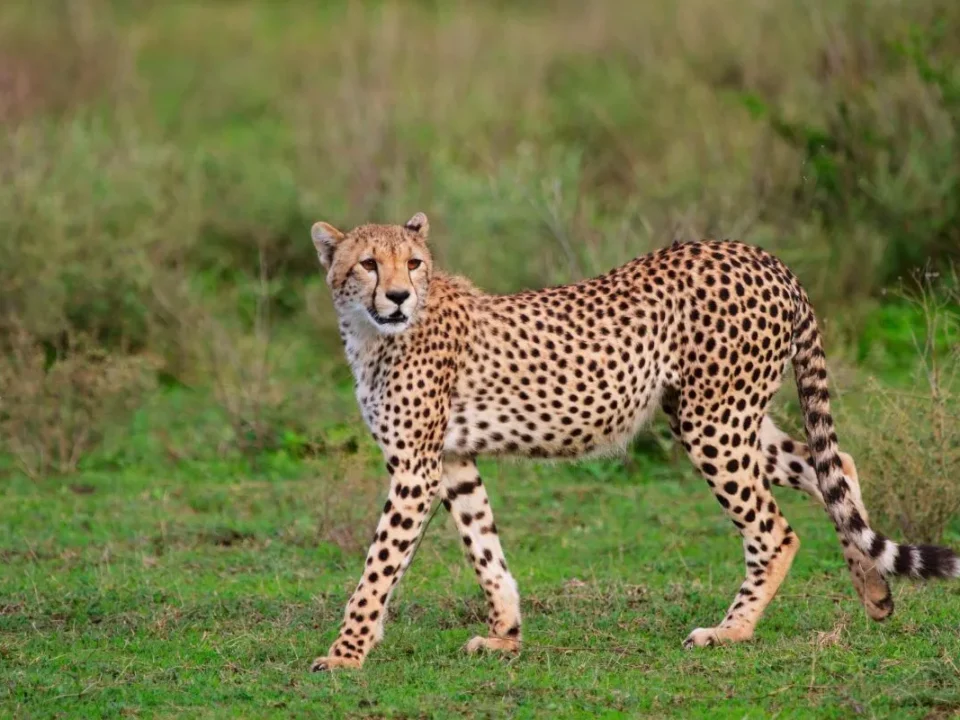Safari Tours to Serengeti National Park in Tanzania

Ngorongoro Crater Safari Tours in Tanzania
September 29, 2023
Great Wildebeest Migration Safari in Tanzania
September 29, 2023Safari Tours to Serengeti National Park in Tanzania: Your Tanzanian Safari Adventure
Safari Tours to Serengeti National Park in Tanzania — The very name “Serengeti” is derived from the Maasai language spoken by the indigenous people around the park, and it means “endless plains.” Serengeti National Park is a vast expanse of grassland plains that immerses you in breathtaking landscapes, enveloping you in the quintessential African wilderness.
Discovering Africa’s Premier Safari Destination:
Embarking on an African safari in Serengeti National Park means delving into Africa’s finest safari destination. It is renowned for hosting the world’s largest wildlife migration and boasts a high concentration of iconic big cats such as lions, cheetahs, and hyenas. This remarkable wildlife migration, often referred to as “The Great Wildebeest Migration,” is an annual spectacle involving approximately 2 million animals, primarily wildebeest, as well as zebras and gazelles. These creatures journey from Serengeti National Park northward to Masai Mara National Park and back to Serengeti, making this migration one of the park’s most captivating attractions. The park also houses elephants, leopards, buffalos, giraffes, and a variety of antelopes. Serengeti National Park offers captivating wildlife viewing opportunities year-round. Depending on your specific wildlife interests, different months offer distinct sightings and experiences. For instance, from July to August, you can witness wildebeests approaching Mara River, while January to March marks the calving season for wildebeests, with an abundance of predators in pursuit.
Exploring Serengeti’s Expansive Beauty:
Encompassing a vast area of 14,750 square kilometers, Serengeti National Park is nestled in the northwestern region of Tanzania. As the country’s oldest park, it holds the distinction of being a UNESCO World Heritage Site. To the south, it extends into Kenya, where it is known as Maasai Mara National Reserve. Serengeti National Park offers an array of captivating activities for tourists to partake in:
Wildlife Viewing in Serengeti National Park:
Serengeti’s vast expanse is predominantly characterized by grassland plains, although you’ll also encounter riverine forests, woodlands, and savannahs in some areas. Despite its enormous size, the park never disappoints when it comes to wildlife encounters. It is home to significant populations of wildebeests, zebras, lions, hyenas, giraffes, buffalos, cheetahs, hippos, kongonis, impalas, and more, all of which are commonly spotted. While black rhinos exist within the park, they are rarely seen. The park’s varied vegetation provides an ideal setting for observing these wild animals, which can be seen year-round. Different months and seasons offer unique wildlife spectacles. For instance, witnessing wildebeest cross Grumeti River in June and July, or Mara River in September, is a thrilling experience. Observing these animals as they brave river crossings is a sight you won’t want to miss. Your expert driver-guide positions your vehicle strategically for the best vantage point to witness these breathtaking events.
Bird Watching in Serengeti National Park:
Serengeti is not only a paradise for wildlife enthusiasts but also a haven for bird watchers. The park is home to around 500 bird species, with a few endemic to the Serengeti-Masai Mara ecosystem. Notable endemics include the grey-breasted spurfowl, commonly sighted in Seronera, and Fischer’s lovebird, found in the park’s woodlands. Other captivating bird species found in Serengeti include the grey-backed fiscal, red-capped robin-chat, black-headed gonolek, Rüppell’s vulture, yellow-throated sandgrouse, red-backed scrub, Schalow’s turaco, and more. The best time for birding in Serengeti is from November to April, when migratory birds from Europe and North Africa arrive, coinciding with the nesting season of resident birds.
Choosing the Best Time and Accommodations:
Serengeti National Park‘s vastness means that different activities occur in various sectors and at different times. When planning your visit, consider your primary interests in wildlife and the season. Keep in mind that the seasons can vary, affecting the patterns of the wildebeest migration. The choice of when and where to stay largely depends on your desired experiences. Serengeti offers a range of lodges, from luxury to budget, situated in different park sectors. Here’s a summary of activities during different seasons and the recommended places to stay:
January to March:
During this period, wildebeests congregate in the Ndutu region and Ngorongoro Conservation Area, as these areas offer abundant water and grass for calving. This season sees a surge in predators as they target vulnerable wildebeest calves, making it an excellent time for game drives. Notable lodges include Sanctuary Kusini, Angata Migration Camp, Lake Ndutu Luxury Tented Camp, and Ndutu Under Canvas Tented Safari Camp.
April to May:
In April, the lack of grass forces animals to depart from the southern part of Serengeti and head westward toward the Grumeti region, coinciding with Tanzania’s rainy season. This is an ideal time to observe long columns of wildebeests traversing the western corridor of Serengeti National Park. Recommended lodges include Grumeti Migration Camp, Mbalageti Camp, Beyond Grumeti Serengeti Tented Camp, and Mbugani Migration Camp.
June:
As the rains subside, June marks the beginning of the high season in Serengeti, attracting the largest wildebeest herds to the southern bank of the Grumeti River and the central Seronera region. This is a prime time for game drives, as predators are abundant. Seronera is particularly popular for spotting lions. At the Grumeti River, animals gather before crossing, offering an opportunity to witness thrilling encounters with crocodiles and hippos. Recommended lodges include Mbuzi Mawe Tented Camp, Grumeti Serengeti Tented Camp, Four Seasons Serengeti Safari Lodge, Kubu Kubu Tented Camp, Kaati Kati Tented Camp, Seronera Campsite, and Kenzan Tented Camp.
July and August:
The migration continues, with animals crossing the Grumeti River and heading north towards another Mara River crossing. Some herds disperse eastward to Lobo. Predators are abundant in Seronera, making it a prime location for game drives. The Grumeti River crossing, while not immediate, provides opportunities to witness crocodile predation. Suggested lodges include Lemala Kuria Hills, Singita Mara River Tented Camp, and Lobo Wildlife Lodge.
September:
By September, most animals have reached Kenya, particularly Masai Mara, where they graze on fresh grass. A few stragglers are still crossing, while others settle in North Serengeti. Predators gear up for extensive hunting in Masai Mara, creating a spectacle for tourists. Suggested lodges include Base Camp Masai Mara, Fig Tree Camp, Mara Plains Camp, and The Governors’ Camps.
October and November:
During these months, animals have feasted on Masai Mara’s lush grass and prepare to return to Serengeti. The region experiences light rain. By late November, all animals have left Masai Mara, returning through Lobo to central Seronera. Suggested lodges include Lobo Wildlife Lodge, Four Seasons Serengeti Tented Camp, and Nduara Loliondo Camp.
December:
As the migration cycle nears completion, herds are on their way back to South Serengeti, where abundant grass awaits. Suggested lodges include Kati Kati Tented Camp, Seronera Wildlife Lodge, and Serengeti Serena Safari Lodge.
More About Serengeti National Park:
Often referred to as the “Mother of All Safari Parks,” Serengeti National Park is located approximately 208 miles from Arusha, bordering Kenya and Tanzania, with Lake Victoria to the west. As Tanzania’s oldest national park, it proudly hosts the Big Five (lion, leopard, elephant, buffalo, and rhino), making it a haven for wildlife enthusiasts. Notably, Serengeti is renowned for the spectacular Great Wildebeest Migration, during which you can observe thousands of wildebeests, along with gazelles, zebras, cheetahs, warthogs, dik-diks, hyenas, flamingos, and more. The park is a year-round destination, with various activities taking place in its four sectors:
Central Serengeti and Seronera Area: This region teems with wildlife, offering excellent opportunities for full-day game drives. Morning game drives enhance your chances of spotting lions.
Southern Plains Area: While this sector provides breathtaking views of animals, it’s best to visit from December to March when the plains are lush with wildlife. However, during the dry season, animals migrate in search of water.
Western Serengeti: This area is ideal for game viewing and is the location where the migration crosses the Grumeti River. Crocodiles, hippos, and various bird species are common sightings.
Northern Serengeti (Loliondo, Lobo, and Kogatende): This northern stretch extends into Kenya and is best visited from September to October, when lions, cheetahs, and leopards are frequently seen around Lobo.
Hot Air Balloon Safaris: Serengeti National Park offers thrilling hot air balloon safaris, typically conducted in the morning. This unique experience lasts about an hour and provides opportunities to spot nocturnal wildlife en route.
For an unforgettable safari adventure in Serengeti National Park, contact Trek Africa Expeditions to book your Tanzanian journey.




